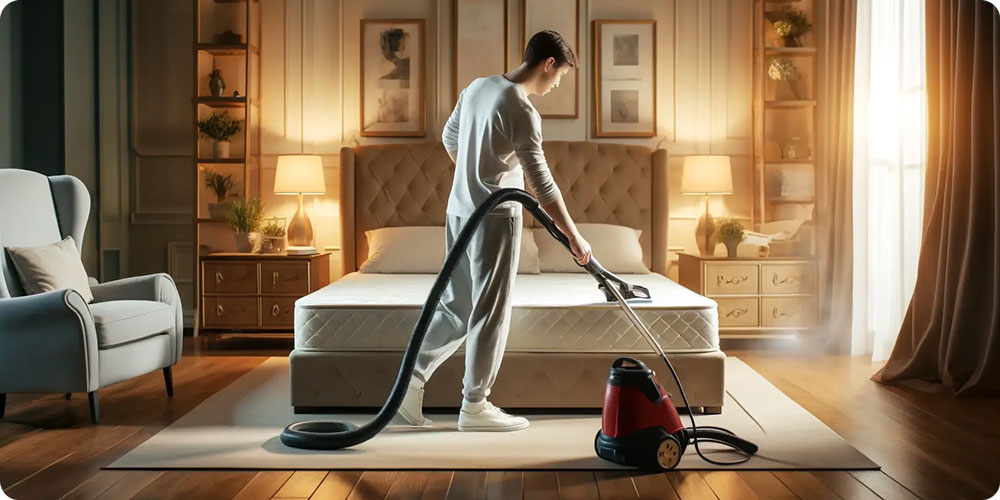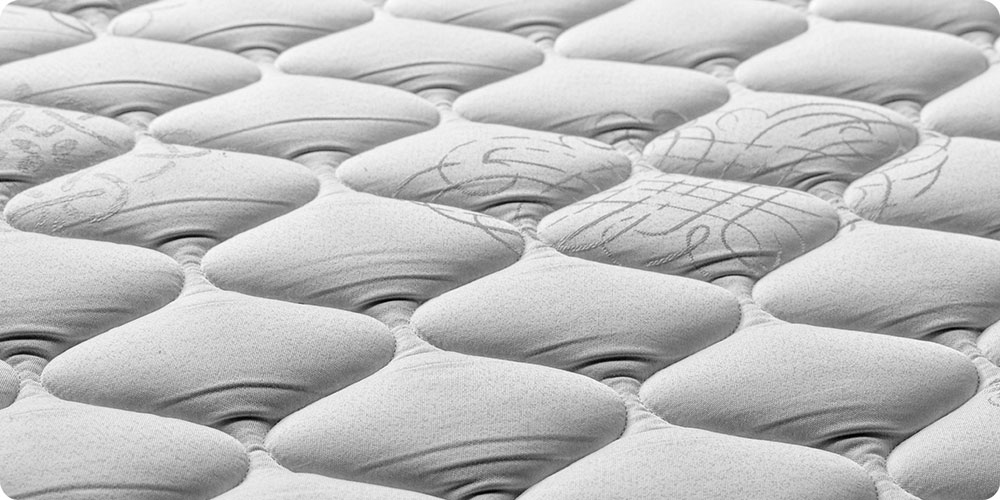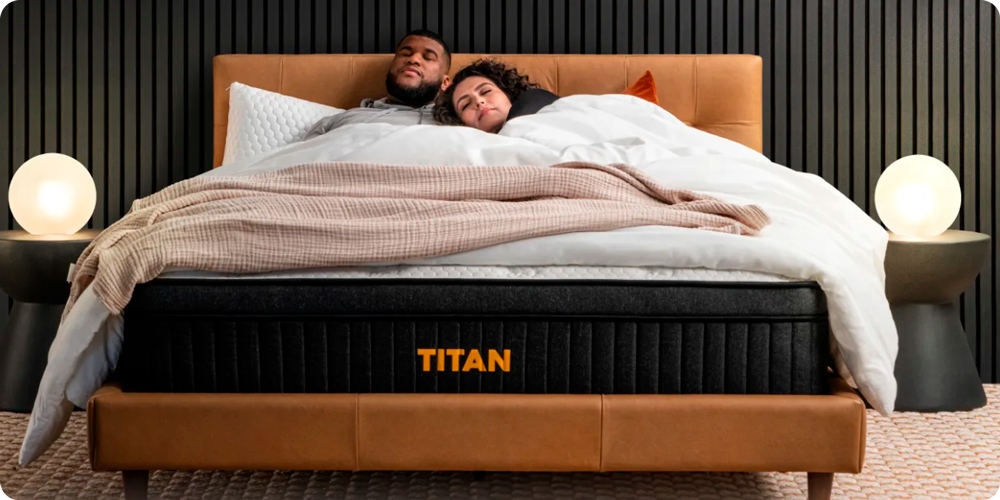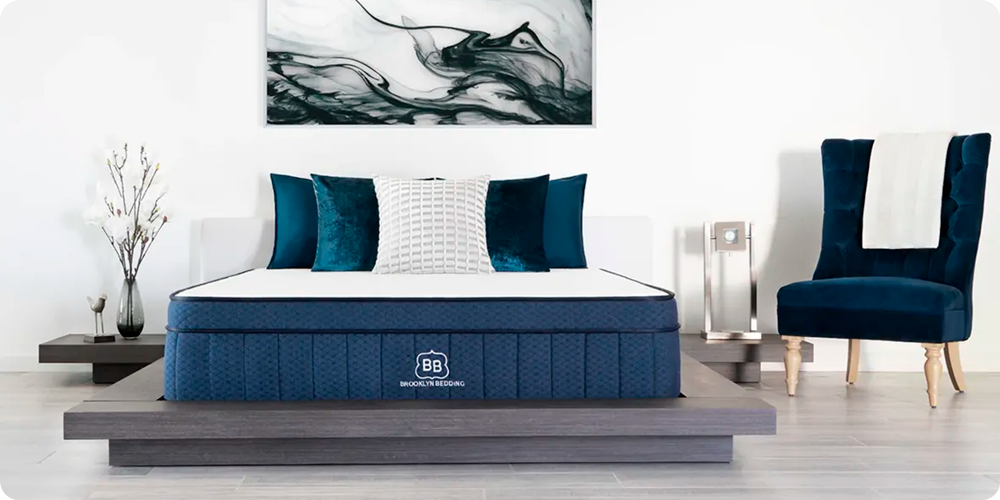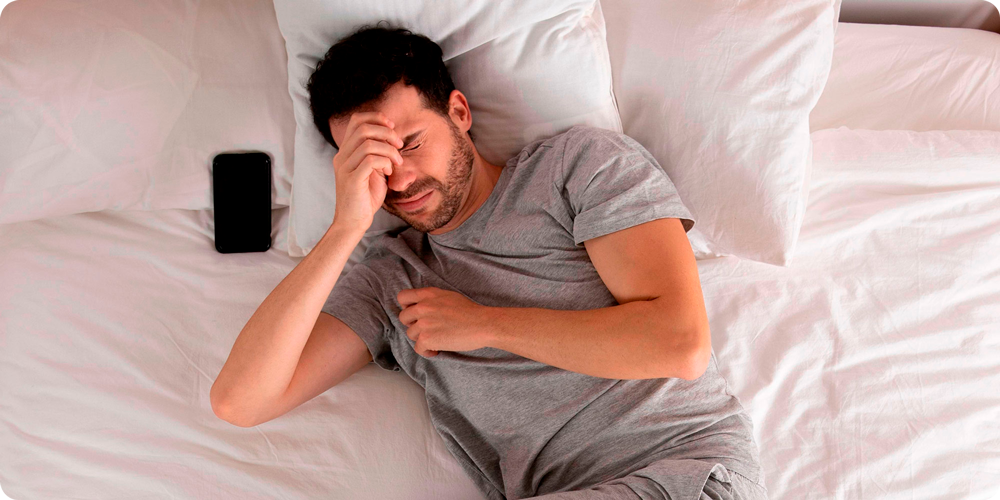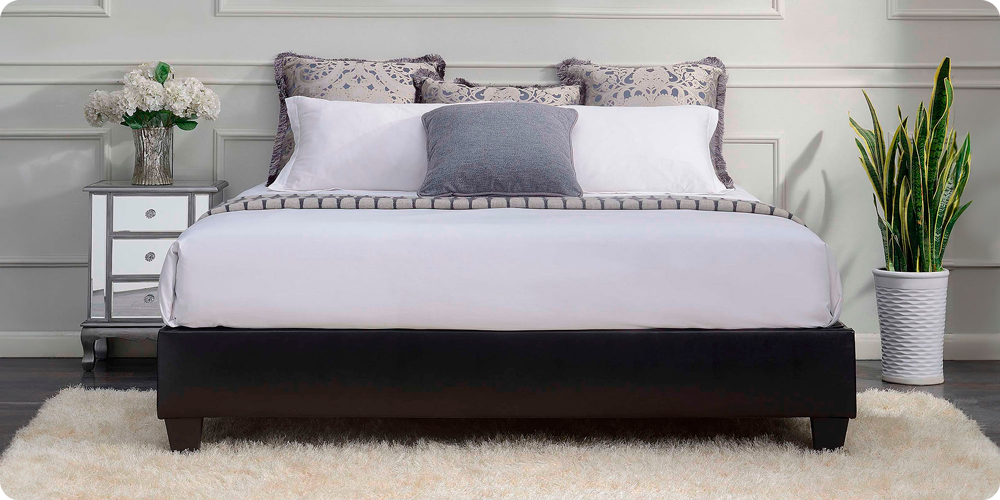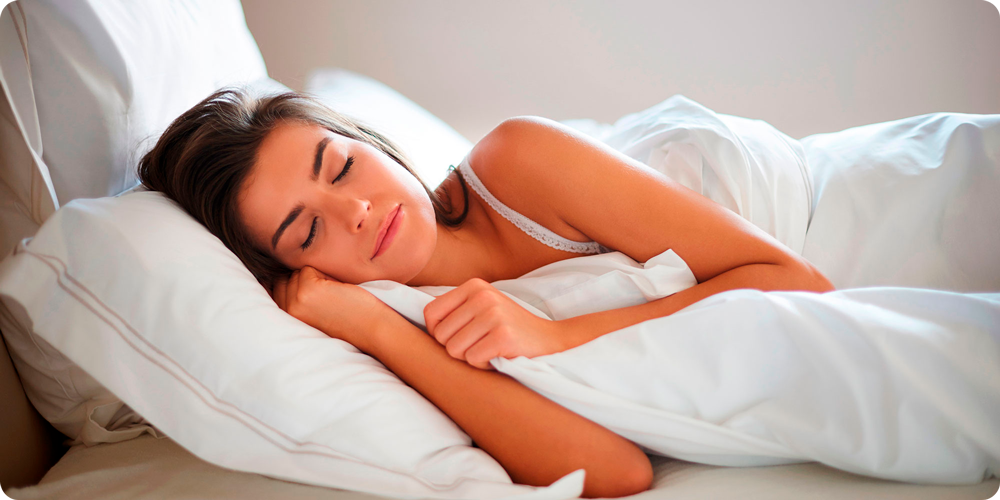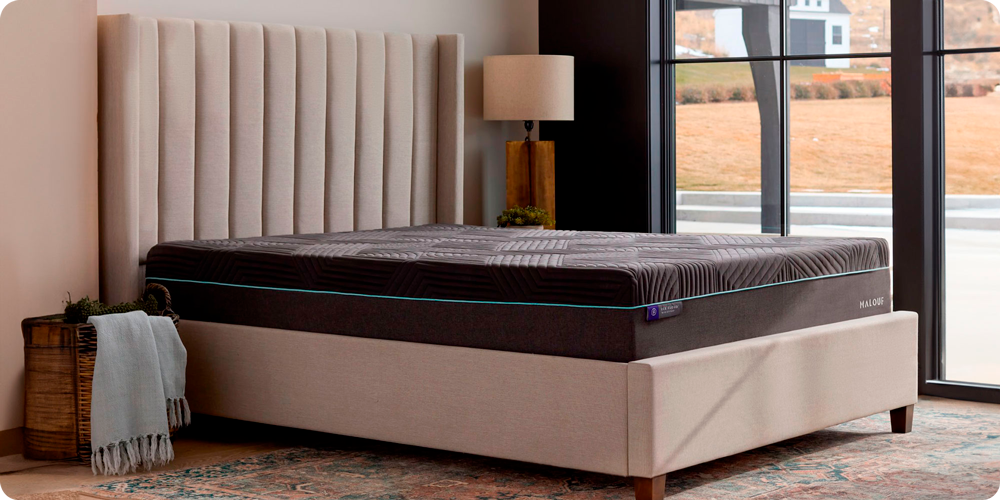The GhostBed Performance Hybrid Mattress is a premium sleep solution designed to offer exceptional comfort and support. Combining the best of both worlds, it features a blend of memory foam and individually wrapped coils, creating a hybrid mattress that addresses various sleep needs.
1. Optimal Comfort and Support:
– The mattress includes a top layer of cooling gel memory foam, which adapts to your body shape and relieves pressure points, ensuring a comfortable night’s sleep.
– The pocketed coils provide targeted support, reducing motion transfer and ensuring proper spinal alignment.
2. Enhanced Cooling:
– The cooling gel memory foam and a breathable cover work together to dissipate heat, keeping you cool throughout the night.
3. Durability and Longevity:
– The high-density foam core and robust coil system enhance the mattress’s durability, providing consistent support over time.
4. Edge Support:
– Reinforced edges prevent sagging and offer more usable sleeping space, which is particularly beneficial for couples.
5. Eco-Friendly Materials:
– The GhostBed Performance 14″ Hybrid Mattress is made with CertiPUR-US certified foams, ensuring low emissions and safe materials.
This hybrid mattress is designed for all sleep positions, making it a versatile choice for different types of sleepers. Its combination of advanced cooling technology, pressure relief, and robust support structures makes it an excellent option for those seeking a high-quality, comfortable mattress.
For more detailed information, visit eMattressOutlet.com


